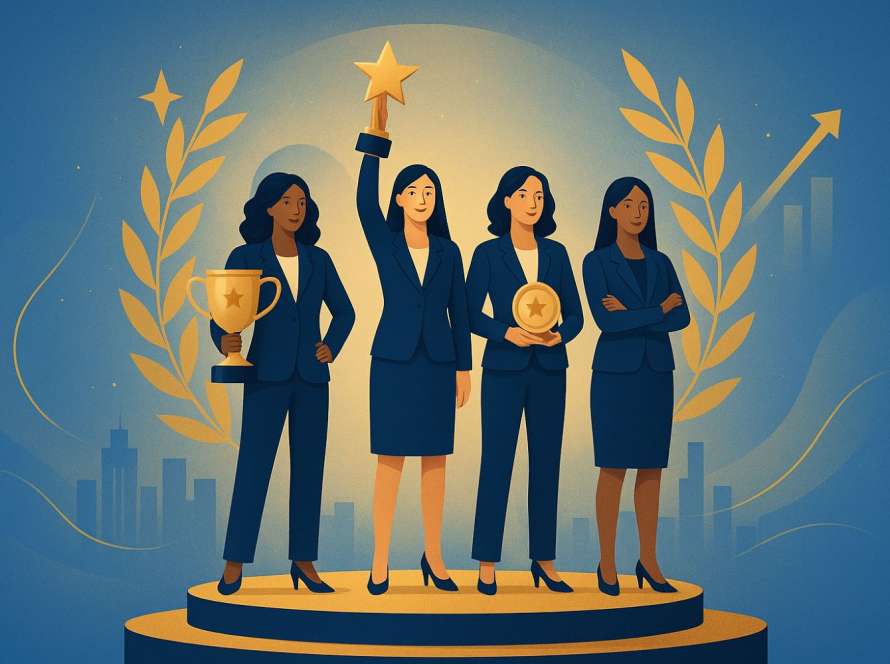Social media has become an integral part of modern life. Platforms such as Facebook, Instagram, Twitter, LinkedIn, TikTok, and YouTube have transformed how we communicate, share information, and even conduct business.
According to Statista, as of 2025, there are over 4.7 billion social media users worldwide, indicating its significant role in our daily lives.
While social media offers countless benefits, it also has notable drawbacks. Understanding both sides is crucial to making informed decisions about using these platforms responsibly.
This blog explores the advantages and disadvantages of social media, its societal impact, and best practices for safe usage.
2. Understanding Social Media
2.1 What is Social Media?
Social media refers to online platforms and applications that enable users to create, share, and interact with content and communities.
These platforms facilitate communication, entertainment, learning, and marketing through posts, videos, images, and live streams.
2.2 Evolution of Social Media
Social media has evolved over the past two decades:
- 1997–2004: Early social networking platforms like Friendster and MySpace.
- 2004–2010: Facebook, Twitter, and YouTube revolutionized communication and sharing.
- 2010–2020: Instagram, Snapchat, and TikTok emerged, emphasizing visual content.
- 2020–Present: Social commerce, live streaming, and AI-driven personalization dominate social media trends.
3. Advantages of Social Media
Social media offers multiple benefits, impacting communication, business, learning, and society.
3.1 Communication and Connectivity
- Global Reach: Social media connects people across countries instantly.
- Instant Messaging: Platforms like WhatsApp and Messenger allow real-time communication.
- Reconnecting with Friends and Family: Social media helps maintain long-distance relationships.
3.2 Business and Marketing Opportunities
- Brand Awareness: Businesses can reach millions of users online.
- Digital Marketing: Social media advertising is cost-effective and highly targeted.
- Customer Engagement: Platforms enable brands to interact directly with their audience.
- E-Commerce Growth: Platforms like Instagram and Facebook Shops enable direct online sales.
3.3 Learning and Knowledge Sharing
- Educational Content: Platforms provide tutorials, webinars, and learning communities.
- Professional Networking: LinkedIn helps users build professional connections.
- Knowledge Exchange: Communities and forums enable sharing expertise and ideas.
3.4 Social Awareness and Activism
- Spreading Awareness: Social media campaigns can highlight important issues.
- Community Engagement: Users can mobilize people for causes and charitable initiatives.
- Influence on Policy: Social movements gain momentum online, influencing government policies.
3.5 Entertainment and Creativity
- Streaming Content: Platforms like YouTube, TikTok, and Instagram provide endless entertainment.
- Creative Expression: Users share art, music, videos, and photography.
- Trend Creation: Social media is the hub for global trends and challenges.
3.6 Networking and Career Growth
- Professional Opportunities: LinkedIn and niche platforms help with job hunting.
- Portfolio Sharing: Creatives can showcase work and attract clients.
- Mentorship and Collaboration: Connecting with experts provides growth opportunities.
4. Disadvantages of Social Media
Despite its many advantages, social media comes with challenges that users must be aware of.
4.1 Privacy and Security Risks
- Data Breaches: Personal information may be exposed in hacks.
- Identity Theft: Users are vulnerable to scams and phishing attacks.
- Over-Tracking: Social platforms often track user behavior for marketing purposes.
4.2 Mental Health Issues
- Anxiety and Depression: Overuse may lead to feelings of loneliness or inadequacy.
- FOMO (Fear of Missing Out): Constant updates can trigger stress.
- Addiction: Excessive scrolling impacts daily life and productivity.
4.3 Cyberbullying and Online Harassment
- Harassment: Users may face trolling, threats, or offensive comments.
- Emotional Trauma: Cyberbullying can affect mental well-being.
- Vulnerability of Children: Teenagers are particularly susceptible to online harassment.
4.4 Spread of Misinformation
- Fake News: Social media can rapidly spread inaccurate information.
- Polarization: False content can influence public opinion and create divisions.
- Health Risks: Misinformation about medical topics can be dangerous.
4.5 Reduced Productivity and Addiction
- Time Wasting: Excessive use distracts from work or studies.
- Gaming and Streaming: Overindulgence can lead to unhealthy habits.
- Impact on Sleep: Late-night scrolling disrupts sleep patterns.
4.6 Impact on Relationships
- Communication Gaps: Online interaction may reduce face-to-face communication skills.
- Conflict: Misunderstandings arise from online conversations.
- Comparison: Social media encourages unhealthy comparisons with others’ lifestyles.
5. Social Media and Society
Social media has transformed society in profound ways:
- Cultural Exchange: Platforms enable cross-cultural communication.
- Political Influence: Social media campaigns can impact elections and public opinion.
- Economic Growth: E-commerce and influencer marketing create jobs and new markets.
- Public Awareness: Social causes gain rapid visibility through viral campaigns.
However, society also faces challenges such as digital divide, echo chambers, and misinformation propagation, which must be managed responsibly.
6. How to Use Social Media Wisely
6.1 Tips to Maximize Benefits
- Set time limits for daily usage.
- Use social media for learning, networking, and business growth.
- Follow credible sources for news and information.
- Engage positively and avoid negative interactions.
6.2 Avoiding Risks and Pitfalls
- Keep personal information private.
- Enable two-factor authentication for accounts.
- Take digital detoxes to prevent addiction.
- Be mindful of content authenticity before sharing.
7. Future of Social Media
The future of social media is evolving with technology:
- AI and Automation: Personalized content and AI-driven moderation.
- Virtual Reality (VR) and Metaverse: Immersive social experiences.
- E-Commerce Integration: Social platforms becoming full-fledged marketplaces.
- Data Privacy Regulations: Stricter laws to protect users’ privacy.
Social media will continue to influence communication, business, and society. Responsible use and awareness will remain key.
8. Conclusion
Social media is a powerful tool with both advantages and disadvantages. It facilitates communication, education, business growth, and social awareness, but it also poses risks like privacy concerns, mental health challenges, and misinformation.
By understanding its impact and using it responsibly, users can maximize the benefits while minimizing potential harm.
Social media, when used wisely, can be a force for personal, professional, and societal growth.



